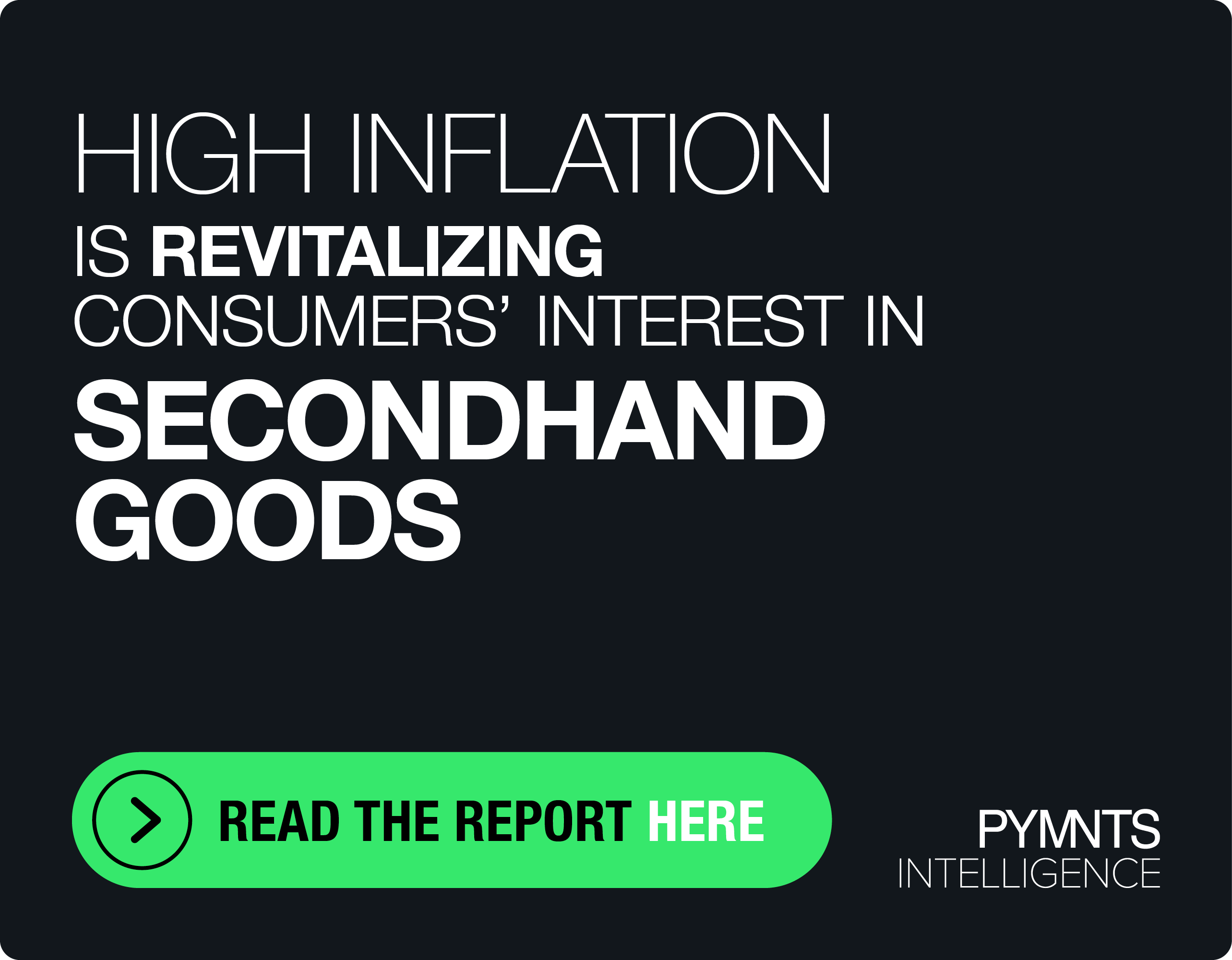Embedded Banking, Digital Payments Help SMBs Hedge Inflation, Boost Cashflow
Generally speaking, businesses are feeling optimistic about their prospects as economies reopen — and they have incentives to invest in the technologies and initiatives that will make them more efficient.
But inflation is on the rise, which is spurring more firms to manage their cash in a way that is helpful both to their operations and to the markets they serve.
Tom Priore, CEO of Priority Technology Holdings, told PYMNTS’ Karen Webster that the convergence of payments and banking can help businesses, particularly small ones, grapple with inflation and thrive.
Cash flow is the top concern, as inflation settles in at a pace not seen in several decades — manifesting itself, in part, through the cost of labor. Businesses have to hike compensation in order to retain employees or attract new ones.
As Priore told Webster, business owners are concerned whether the increase in labor costs will be offset by an increase in consumer and business spending, boosting top lines. Thus far, most companies haven’t raised prices, which means that shocks along the supply chain have to be absorbed. Focusing on operations and shortening sales cycles is critical.
“Cash flow is the lifeblood of every small business,” he said, and embedding banking into payments (as Priority is doing) can give visibility and transparency to the management of that cash flow. However, companies need new tools to help forecast those fund flows.
Having more cash on hand, he said, enables companies to negotiate better deals with their suppliers, get discounts for early payments and blunt at least some of the impact from the inflation that is wending its way through the supply chain.
Priority Technology says it has seen its B2B payments volume grow by 10% year over year in 2021 — and other firms that help enterprises automate payables and other functions that accelerate cash flow have seen similar growth rates.
Smaller businesses are seeking an Uber-like experience when it comes to disbursing payroll or paying vendors (and getting paid) — a “consumerization” of finance that should extend to the smallest of enterprises, including hair salons and construction firms.
There’s an analog on the consumer side of commerce, where we all want a single way to manage the financial aspects of our lives. Businesses should have a single point of access, too, Priore said.
Single Points of Access — and Better Transparency
To get a picture of how this works, consider a hair salon, where independent contractors generally work each station. As consumers check out at the point of sale, the card transaction can be allocated between the salon owner and the 1099 contractor.
“This is an elegant process that you’re starting to see happen across the board within the service economy,” Priore said.
In the construction vertical, “There are workers who need to be paid often — and they might want to receive their wages on a daily basis,” Priore noted. “There may be subcontractors who are providing work, and there are general contractors managing the entire process who may be juggling multiple projects at any one time.”
It can be easier to keep those workers on the job by accelerating payments geared toward payroll and granting access to those funds on a debit card, all of which can keep the job moving faster. With such complex B2B relationships being woven, he said, the money for each project needs to be segregated into funds that are not commingled — a lender may be providing capital that in turn needs to get to a supplier who has to verify the work that’s been done.
“There’s complex paperwork that is moving along with the payment flows,” he said of the money movement and reconciliation.
Embedded banking eliminates the stutter-step of having an additional human in the middle to make those flows possible. There’s a positive ripple effect across the various verticals that embrace embedded banking: Better cash visibility means that lenders will be more willing to put up capital.
As Priore told Webster, “Commerce is how you utilize currency in your business,” and in bid to accelerate cash flow, “convergence of payments and banking will be critical through the next several years.”
